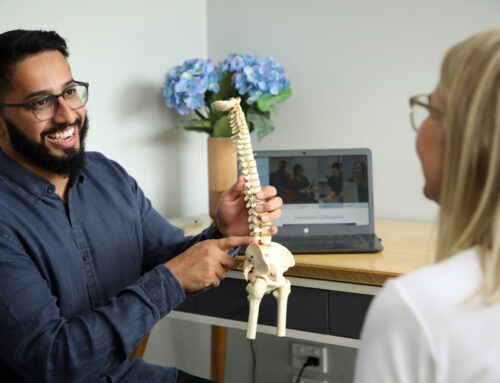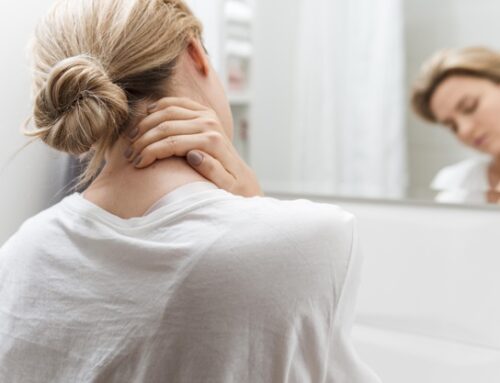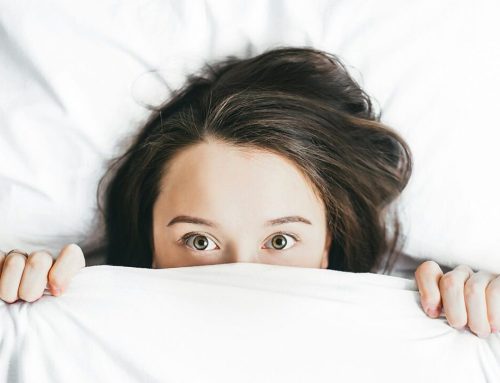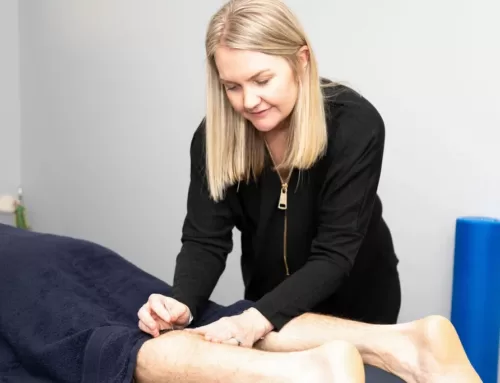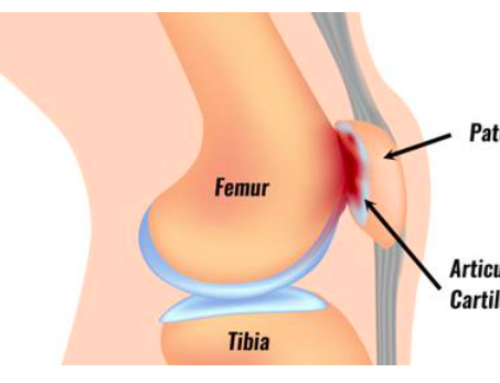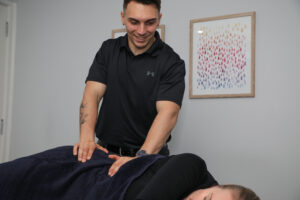 For all those who have tenderness on the side of their hip…
For all those who have tenderness on the side of their hip…
- Do you experience hip pain when lying on your side?
- Do you experience hip pain when standing or walking for long periods?
- Are you noticing hip pain after sitting cross legged?
The above are all symptoms of Greater Trochanteric Pain Syndrome (GTPS). GTPS is a condition used to describe pain on the lateral hip and gluteals which is caused by an injury to the bursa (sack of fluid that acts as a cushion around joints) and tendons in that area. These two injuries can be present together or in isolation.
- Bursa involvement – The ‘trochanteric bursa’ which is located on top of the boney portion of your hip becomes inflamed.
- Tendon involvement – The tendons of the gluteal muscles undergo a breakdown of collagen which is called a tendinopathy.
Who is likely to have GTPS?
Being a fairly common injury, this condition affects both athletes (particularly runners) and less active people. The condition mostly affects women aged between 40-60, with 1 in 4 women over 50 years old being affected by GTPS.
How is GTPS diagnosed and treated?
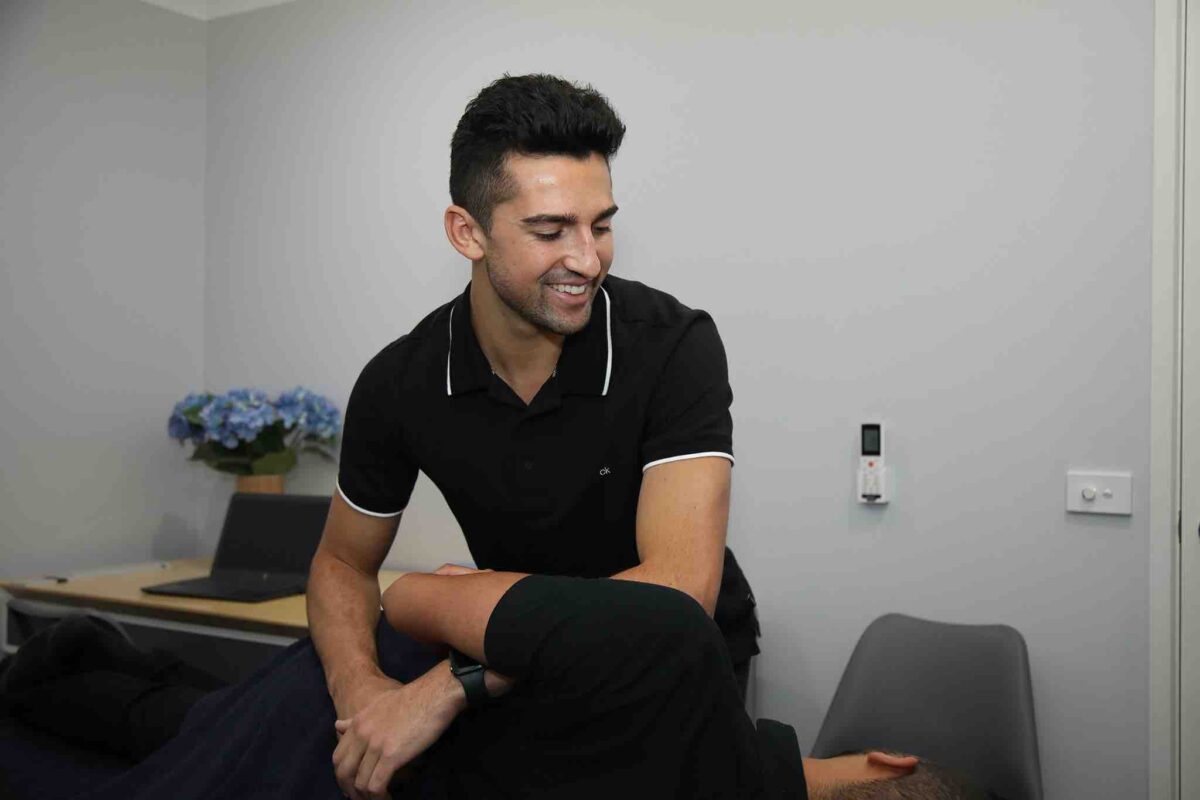 GTPS can be diagnosed by a health care professional such as us, Osteopaths! Here at Pakenham Osteopathy, we assess if you have this condition by doing a functional and hands on assessment, as well as orthopaedic testing of the hip.
GTPS can be diagnosed by a health care professional such as us, Osteopaths! Here at Pakenham Osteopathy, we assess if you have this condition by doing a functional and hands on assessment, as well as orthopaedic testing of the hip.
We may treat GTPS by using our hands on techniques such as joint manipulation, stretching & massage. In relation to the hip pain, there will likely be some mechanical issues in the lower limb and spine that could benefit from manual therapy also.
What you can do to help?
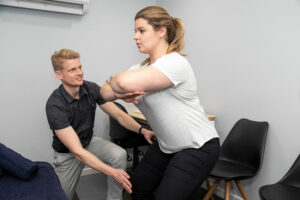 Building strength & function
Building strength & function
- By combining movement of the hip and surrounding joints with loading of the muscles, we aim to re-gain and progress your ability to move without pain.
- Low load isometric exercises are used initially to promote tendon healing. For example, hip abduction performed laying on your back or side-lying is an effective exercise to begin with (see video below).
Lifestyle factors
- Monitoring load management – finding a suitable amount of activity for you that won’t aggravate your hip pain
- Addressing posture and sitting habits such as sitting with legs uncrossed or equal weight distribution between legs
- Lying on your non -affected leg while sleeping, with a pillow between the legs.
As always, each individual will have specific aggravating factors and will require different levels of loading, which is why we may be able to help guide you back to being pain free for the long-term with the most suitable management plan. So give us a call on 5941 4157, or book an appointment with us online for healthier, happier hips!
